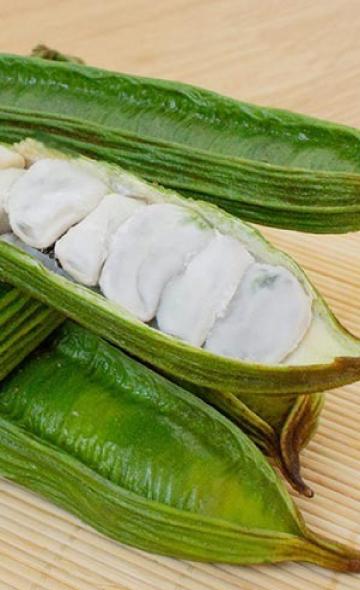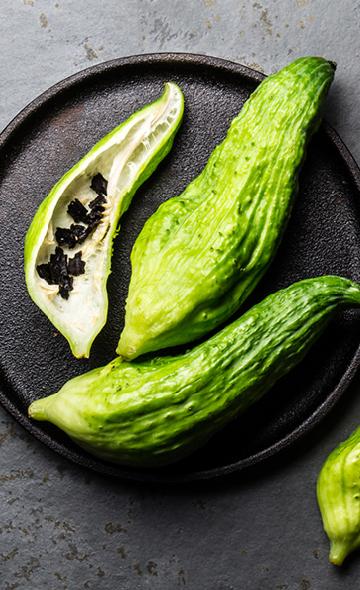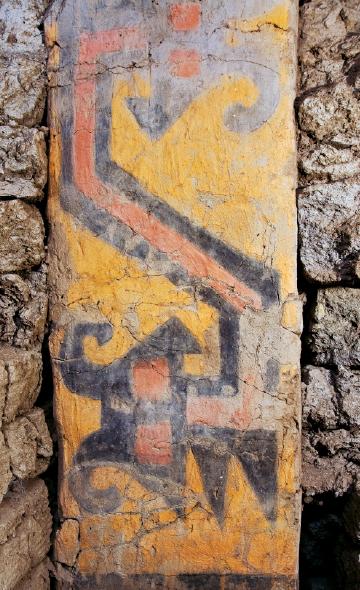- Visitors
- Researchers
- Students
- Community
- Information for the tourist
- Hours and fees
- How to get?
- Visitor Regulations
- Virtual tours
- Classic route
- Mystical route
- Specialized route
- Site museum
- Know the town
- Cultural Spaces
- Cao Museum
- Huaca Cao Viejo
- Huaca Prieta
- Huaca Cortada
- Ceremonial Well
- Walls
- Play at home
- Puzzle
- Trivia
- Memorize
- Crosswords
- Alphabet soup
- Crafts
- Pac-Man Moche
- Workshops and Inventory
- Micro-workshops
- Collections inventory
- News
- Students
- Andean Food Series: The Pacae
News
CategoriesSelect the category you want to see:
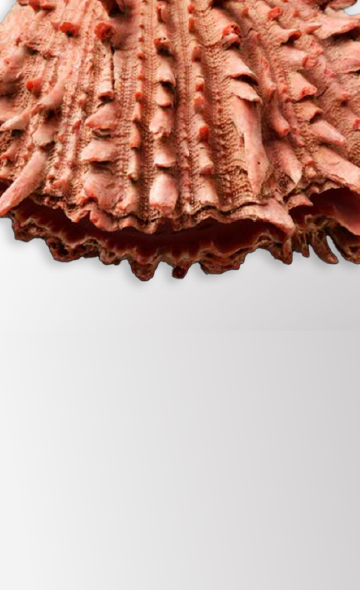
The Use of Spondylus Shells in Moche Ceremonial Contexts: Why Were They Symbols of Status and Wealth? ...
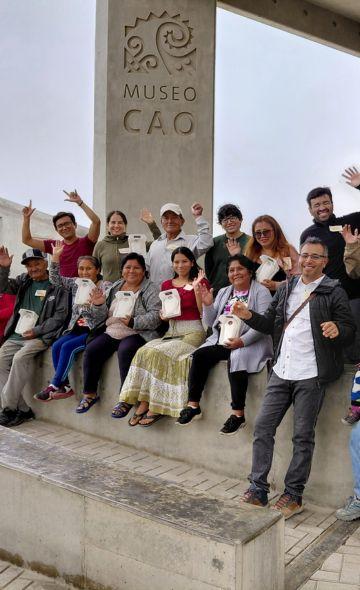
El Brujo Celebrated International Museum Day with Its Community: A Day of Encounter and Cultural Co-Creation ...
To receive new news.
Por: Complejo Arqueológico El Brujo
“This fruit is more like candy than sustenance; because even if a man eats a basket of pecaes, it neither satisfies him nor makes him sick of them”.
Bernabé Cobo, mid-16th century
.jpg)
Figure 1. The Pacay is the fruit of the tree of the same name. It is a long and green pod that contains pips or seeds covered in a very sweet and pleasant white membrane.
The pacay or pacae, jinicuil, or guaba (Inga feuilleei) is a Mimosaceous tree from the legume family that is found in South America and Central America. From this tree grow large beans of a dark green color, which are hard and 3 to 5 cm in length, in whose interior is an edible fruit, like white cotton soaked in nectar with a high water content, which covers a black seed or “pip”, smooth and hard.
The pacae tree grows to a height of 15 meters, and its trunk is short and branches almost from the base. Its fruits are highly appreciated in the rural world. It is very common to offer it to travelers on interprovincial buses. At the same time, the challenge of harvesting pacae beans from considerably tall trees is entertaining, using sticks with hooks or knocking them down with rocks or other thrown objects.
Range
It is common to find the pacae in the Peruvian territory, on the North and Central Coasts as well as in the jungle.
The Pacay in ancient Peru
The oldest evidence of the pacay in Peru comes from the site of Nanchoc, located in the Zaña Valley, in the department of Lambayeque. While direct evidence of this fruit has not been found, pacay starch has been documented in the remains of plaque on molars from skeletons from this settlement. These molars were dated by radiocarbon, yielding an age that ranges between 7142 and 5802 BCE. According to this data, the consumption of pacae in the country dates back at least 8000 years.
The pacay was already widely consumed during the Late Pre-Ceramic Period. Evidence of pecae has been found at the sites of Bandurria (Huaura Valley), Caral (Supe Valley), Cerro Lampay (Fortaleza Valley), and Salinas de Chao (Chao Valley), during the period in which the first ceremonial centers were built before the introduction of ceramics to Peru around 1800 BCE.
Cultures such as Cupisnique, Paracas, Moche, and Chimú, among others, depict this important Andean fruit in their iconography and ceramics.
.jpg)
Figure 2. Sculpted ceramic of pacae from the Moche Period (200-800 CE). Piece ML006665 from the Larco Museum.
The Pacae in History
When the Spanish arrived, they realized the importance of the pacay, identifying its cultivation in the inter-Andean valleys of the Peruvian coast and mountains, to the extent that Pedro Pizarro, brother of the conquistador, tells that Atahualpa sent Francisco Pizarro a basket of pacay as a gift. Later on, the bishop of Trujillo in the Viceroyalty of Peru, Jaime Martínez Compañón, recorded this fruit in his famous work “Trujillo of Peru” (Cobo 1956).
.jpg)
Figure 3. The pacay recorded by Martínez de Compañón. Note that he depicts the tree and the leaves, as well as the flower from which the pod that contains the fruit grows.
Benefits
The pacay has numerous benefits. The white layer that envelops the seed has a low caloric value and is therefore recommendable for weight-loss diets, lowers cholesterol, and is rich in fiber. The pip or seed works against hair loss, can prevent rheumatism, is rich in antioxidants, and boosts the immune system.
Cited sources
Cobo, B. (1956). Historia del Nuevo Mundo. Primera parte: Vol. XCI (F. Mateos, Ed.). Ediciones Atlas.
León, E. (2013). 14,000 años de alimentación en el Perú. Universidad de San Martín de Porres.
Martínez Compañón, B. (1998). Trujillo del Perú. Agencia Española de Coorperación Internacional.
Students , outstanding news


